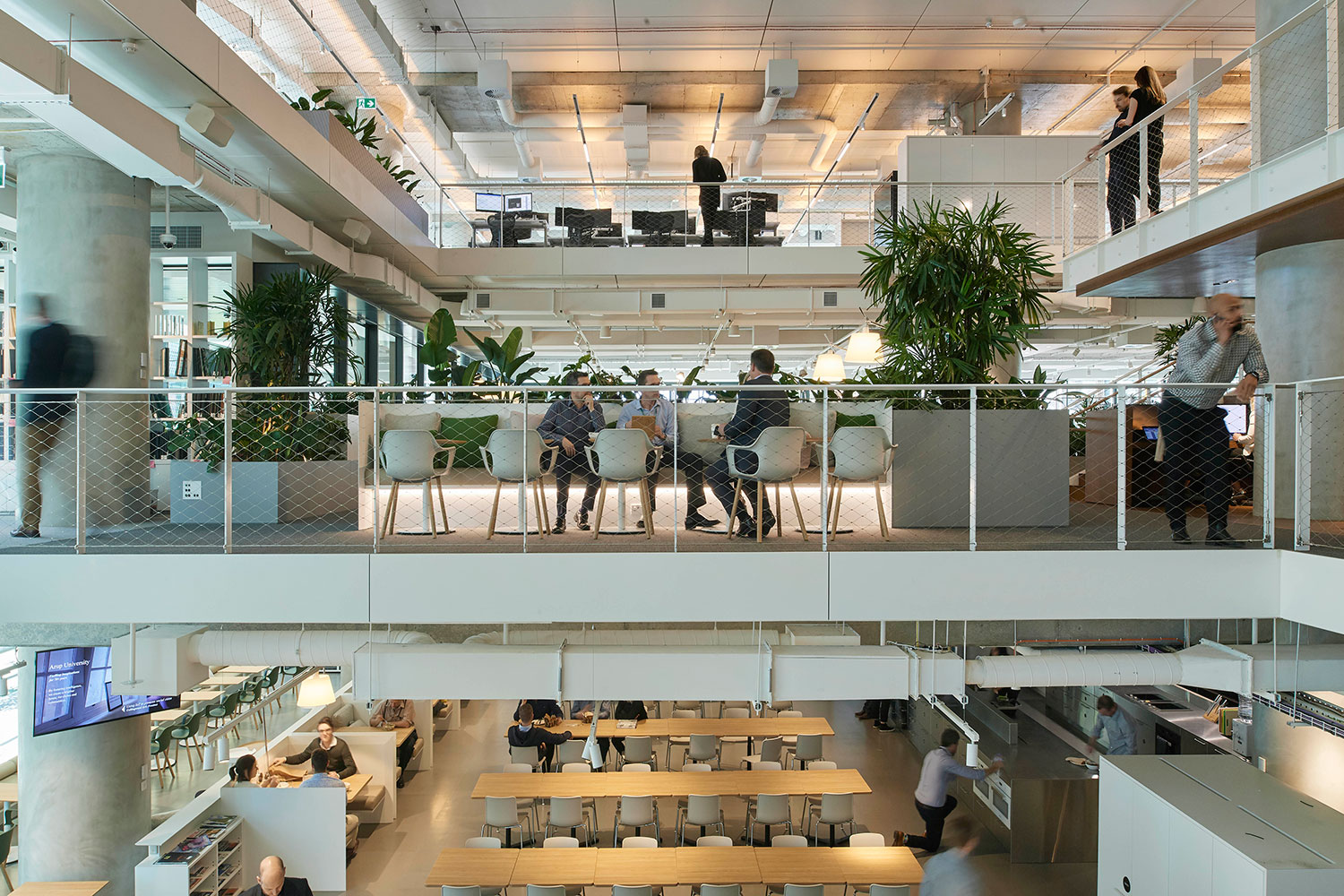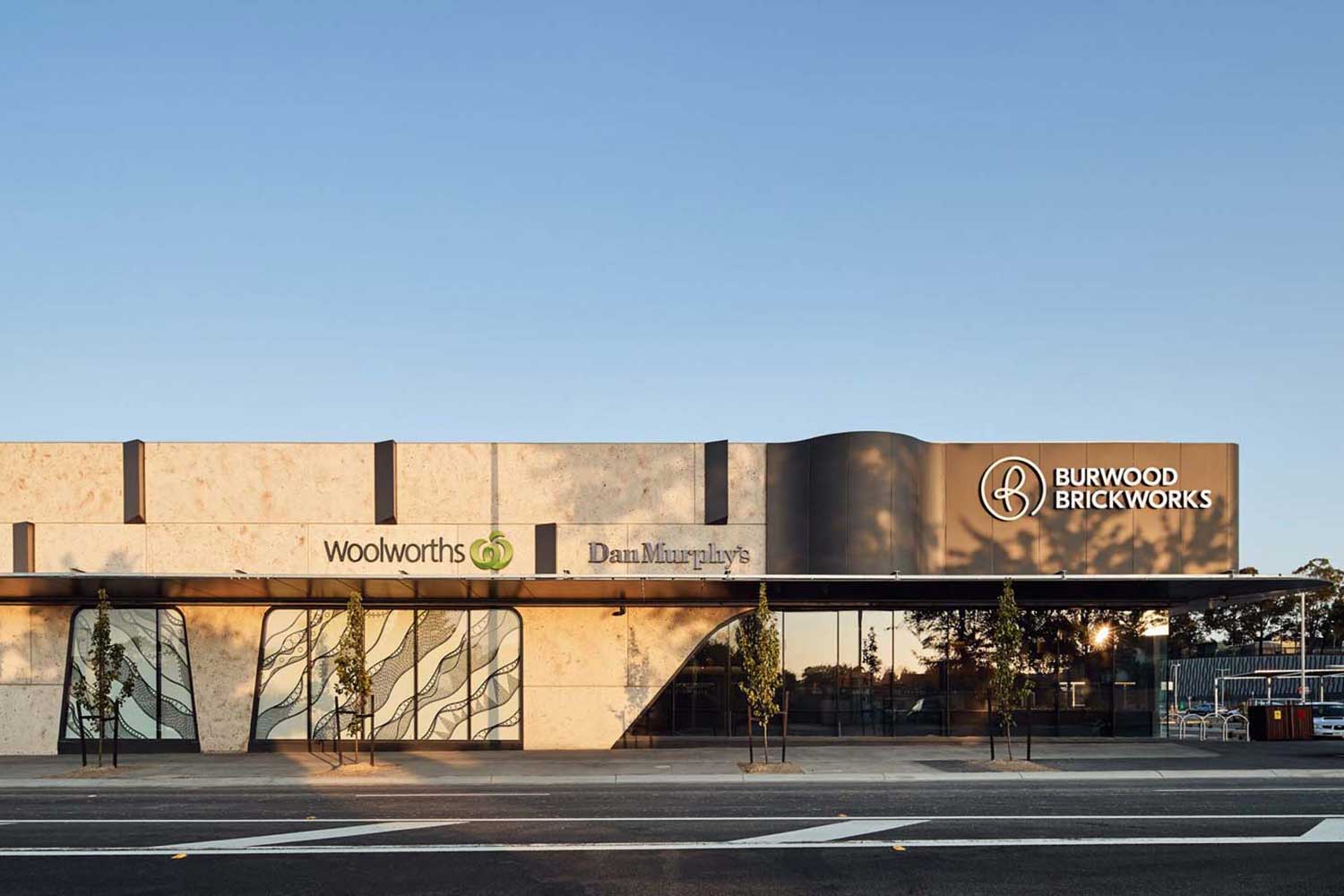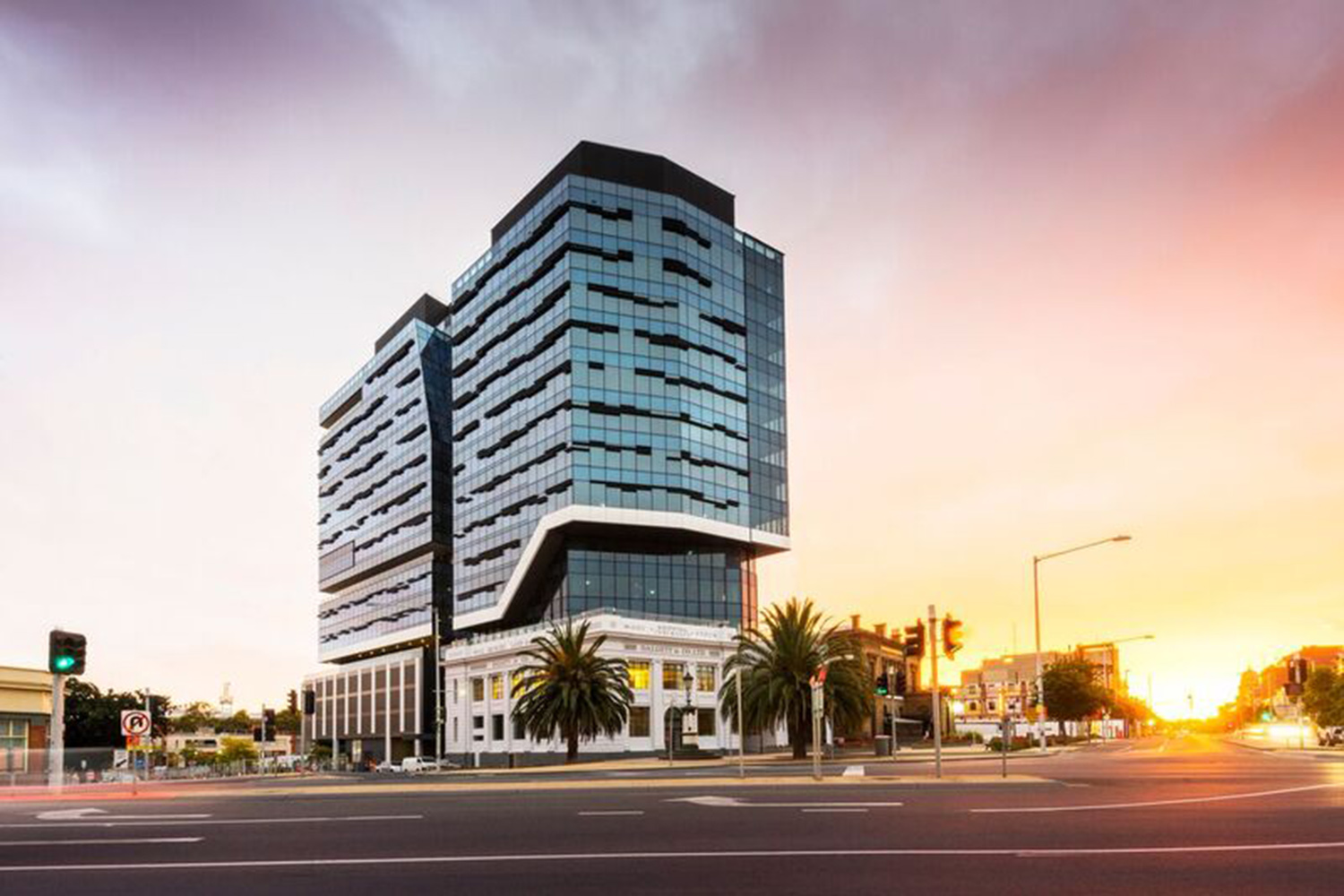
-
25 August 2021
Large buildings tend to present a monolithic presence. Standing with conviction amongst their peers, architecturally designed buildings of any kind most certainly draw attention, but it’s those of substantial size that take our breath away when looking skyward.
The design process involved in devising a building of this magnitude is one of extreme detail. Every corner tells a story, every floorplate a place to realise a vision. Materials, textures, lines and curves give context, in the mind of an architect, how they have opted to shape a space, and the legacy they endeavour to leave behind.
Sustainable design on a larger scale affords an architect with the ability to make ground-breaking change. Energy systems, green and blue infrastructure, biophilic design and recycled materials can not only be beneficial to a project and its locale, but to the built environment industry as a whole. The larger the project, the bigger the incentive to shape our future buildings, to offer a window into how we can look to co-exist with the wider environment, and how we can create new and exciting spaces that don’t bring harm to the Earth.

The Commercial Architecture (Large) category at the 2021 Sustainability Awards may have altered its parameters, but the objectives remain unmoved. This year, as opposed to budget, the category requires that designers submit a Class 5, 6, 7 or 8 building with a floor size of over 500 square metres. It enables bigger buildings with smaller budgets and sustainable qualities to be recognised, and for their designers to be showcased.
2020 Commercial Architecture (Large) winner, Burwood Brickworks, designed by NH Architecture with Russell & George, most certainly set a precedent for sizeable buildings that function sustainably. The project then received the Best of the Best award for 2020, bucking stereotypical ‘mega-mall’ trends to create a shopping centre that has captured the attention of a whole community. Modelling shows the capital investment in sustainable initiatives will be returned over the lifecycle of the project due to its enhanced asset value, energy and water cost savings. Other factors also include, enhanced performance due to increased customer dwell times and expenditure, compared to a standard retail centre in the same location, underlining the project’s significance within the design community.

Providing the flooring solutions for many of these projects, Interface aims to utilise innovative research to shape their daily practices. The company’s Climate Take Back™ mission centres around conducting their work in a way that brings no harm to the environment, and replenishes the planet. The Commercial Architecture (Large) category aligns with many of Interface’s core values, as well as its reputation as a provider of high quality, sustainable flooring products for offices, healthcare, hospitality and retail.
The Commercial Architecture (Large) category will be announced once more at the 2021 Sustainability Awards. A hotly contested category, its nominees shape up as seminal projects that will shape the future of large-scale commercial projects. For more information regarding the category, head to sustainablebuildingawards.com.au.
This article is brought to you in association with Interface, Proud Sponsors of the Commercial Architecture (Large) category at the 2021 Sustainability Awards.

